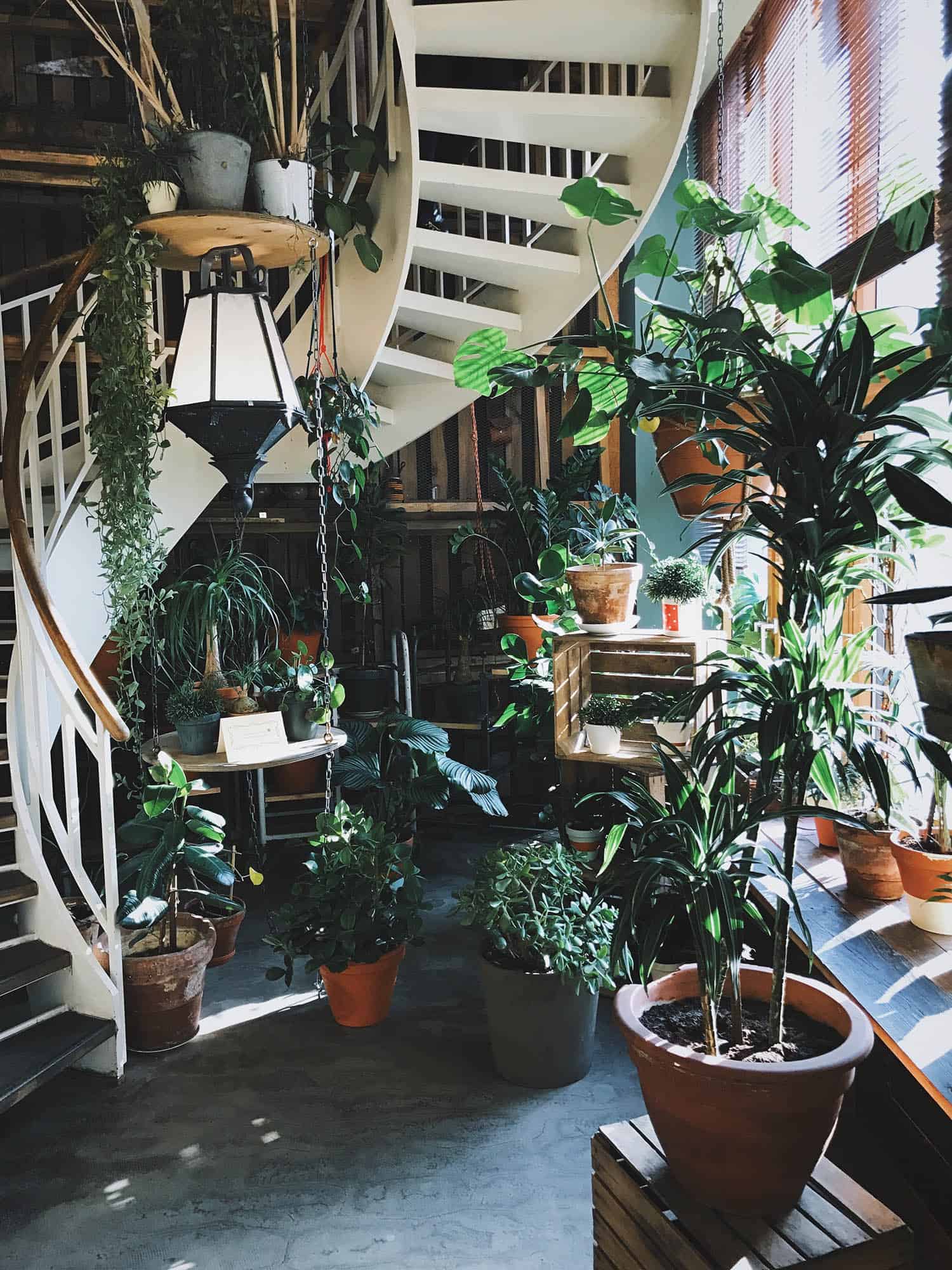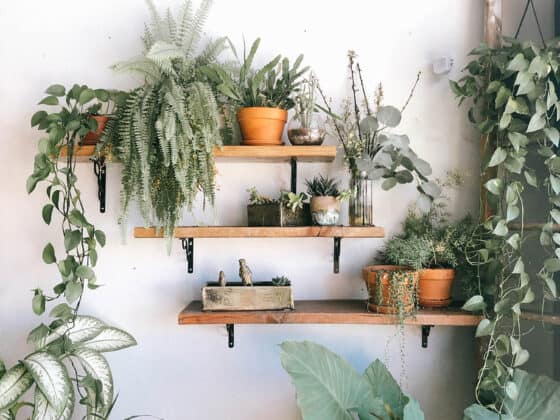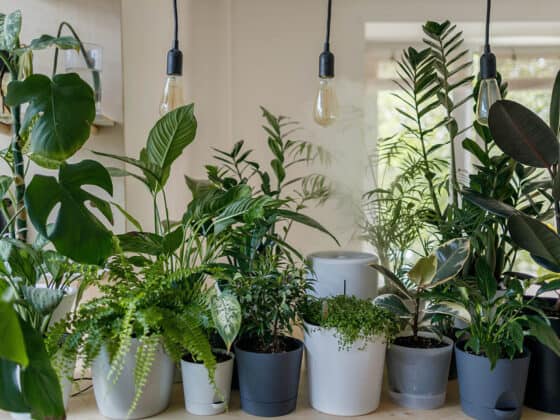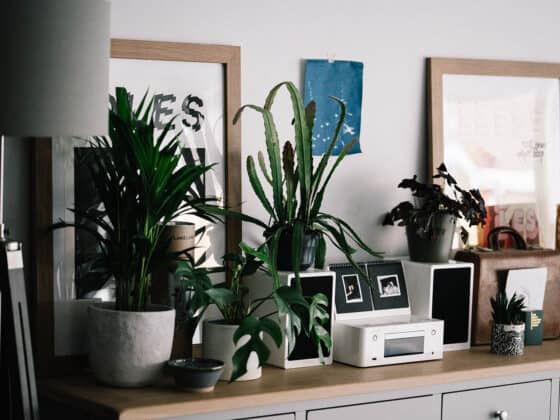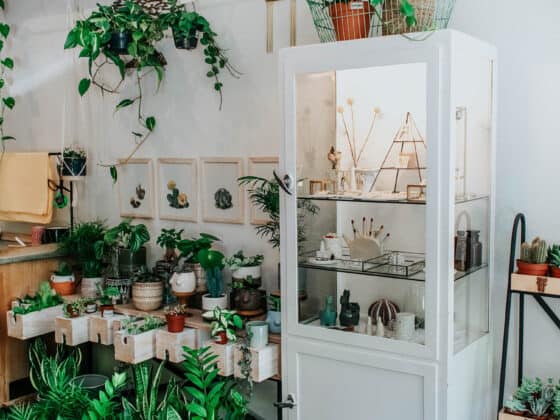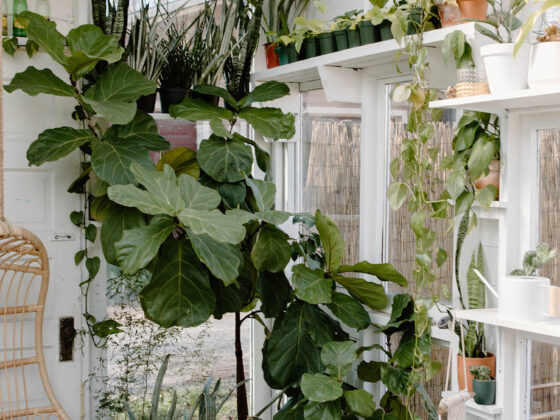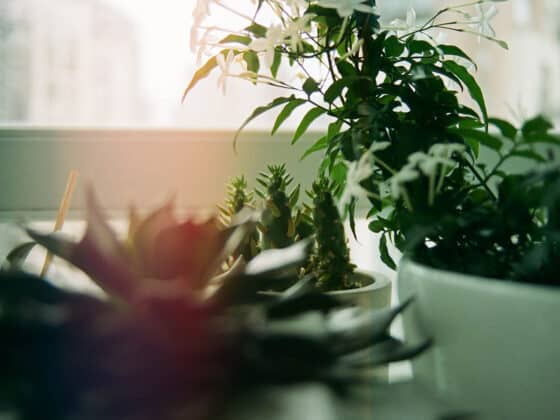Creating an indoor oasis of houseplants can certainly be a rewarding endeavor, but nothing sours the mood faster than the arrival of plant pests and their ability to damage your most prized varieties. This has some people prioritizing pest resistance above all else when selecting which plants they choose to bring home. Whether you’ve dealt with infestations in the past or are just trying to avoid them in the future, a pest resistant variety might be just what the doctor ordered.
Although all houseplants can be susceptible to pest infestations, there are certain varieties that tend to be more “pest resistant”. This is likely due to their low-maintenance care, certain physical attributes, and other natural defense mechanisms that make them unappealing to many bugs.
Although there is no such thing as a completely pest resistant houseplant, the ones listed below all have certain characteristics that are the most likely reasons why they’ve earned their reputations for being seemingly impervious to pests.
In this article, we’ll discuss what some of these attributes are, how plant care contributes to pest resistance, and which plants tend to have the least amount of bug issues.
Pest Resistance Is Not Immunity
One thing we should make perfectly clear up front is that no houseplant is immune from getting infested with insects or mites. When we speak of pest resistance, we mean just that…the plants listed in this article tend to have issues with common pests much less frequently than most other houseplants, but it is definitely still possible.
We’ll go into the specifics of why this is below, but remember that, above all else, your plant’s vigor and resistance to bugs are directly correlated with its overall health, so if you want to keep them pest-free, take the time to meet the specific needs of each of your houseplants to ensure they have everything required to grow and thrive.
Plant Care Is Essential to Pest Resistance
When we consider pest resistance in houseplants, we can look at it from a couple of different angles. If there are plants that are considered to be resistant to pests, surely there are plants that are attractive to them, right? We answered this question in a previous article, where we compiled a list of houseplants that are most prone to infestations.
While there were a handful of varieties that came up in our research again and again, the more interesting point was that they all seemed to have reputations for being difficult to care for, often requiring narrow ranges of water, humidity, and light requirements.
In fact, many of these “difficult” varieties actually go into states of distress when their specific needs aren’t being met, resulting in slowed growth rates, loss of vigor, and a drop in overall health, all of which can create an opening for pests to gain a foothold on the plant.
Rather than a specific plant being “attractive” to a pest, it seems more likely that any houseplant is more susceptible to pests when improper care results in a decline in their health and natural defenses. “Pest resistant” varieties are just better at handling the stress caused by poor plant care.
This means that, regardless of the houseplant varieties you bring into your home, your first line of defense against any plant pest is excellent plant care. Knowing what a plant needs and how to provide it for them will go a long way in ensuring it is as healthy as it can be in order to resist diseases and pests.
What to Pay Attention to
Watering is especially important. Overwatering can disrupt a plant’s ability to efficiently transport water and nutrients and can cause issues like rot, droop, and chlorosis. This puts the plant in a state of stress, where it prioritizes survival over things like new growth and natural defenses.
Low light conditions can promote leggy growth that is often weaker and softer than usual, making it a susceptible spot for pests to attack.
Humidity and temperature also play strong roles in a plant’s overall health. Failing to meet a plant’s requirements or allowing these ranges to fluctuate too much can put a plant into distress. Also, climates that are too warm or humid can cause certain pest populations to flourish, adding to the problem.
Even crowding plants together can take a toll on their health. Plants that are placed too close together might have to compete for resources (like sunlight) and can suffer from poor microclimates that have higher than normal humidity levels and poor air circulation, both of which can promote pest growth. Also, when plants overlap, the threat of spreading an infestation to other plants is very probable.
As you can see, proper plant care goes a really long way in helping your houseplant, regardless of the variety, be as strong and vibrant as possible, so it is in the best position to resist any potential pest infestations.
How Do Houseplants Resist Pest Infestations?
At this point, you might be wondering what, exactly, makes some houseplants more resistant to common pests. Assuming proper plant care is being administered, what are the attributes that the plants listed below have which give them the reputation for being “pest resistant”?
Low-Maintenance Care
This first one goes hand in hand with proper plant care. As you look for houseplants that are known to be pest-free, you might also notice that most of them also have a reputation for being “low-maintenance”, “easy to care for”, or “great for beginners”.
Many pest resistant plants are, in fact, very easy to care for. They typically don’t have any finicky qualities that trip you up and generally have pretty wide tolerances for things like watering, light exposure, humidity, and temperature.
What this really means is that because these plants can tolerate a lot of different conditions, they don’t tend to stress out or decline in health even when our plant care is, occasionally, less than perfect. If we overwater, underwater, or push them too far away from a window, these plants can cope well enough so there aren’t any tradeoffs in their health or defenses.
Physical Structures
Many of the plants listed below also sport physical attributes that reduce the likelihood of a pest infestation. For the most part, the plants on the list all sport variations of straight, thick, tough leaves that create a strong physical barrier most sap-sucking insects might have issues penetrating with their mouthparts. Additionally, they also have thick, waxy cuticles that act as additional protection.
Some varieties have leaves that store water, creating a drier environment that is less conducive to certain pests that prefer damp, warm conditions.
Defensive Compounds
A few varieties of houseplants on the list contain natural compounds that can be unappealing to pests and act as a natural defense system.
Flavonoids, saponins, tannins, and alkaloids are just some of the chemical compounds that plants can produce that act as deterrents to pests. They can create detergent-like or bitter tastes, interrupt or inhibit digestive processes, or can even be toxic to certain pest species.
Common “Pest Resistant” Houseplants
Now that you know a little bit about why some varieties of houseplants are more resistant to pests than others, let’s go over some of the most common varieties that fall into this category.
Snake Plant (Sansevieria species)
A very low-maintenance plant that is known for tolerating almost any condition you put it in, the Snake Plant has tall, straight, leathery leaves covered in a waxy cuticle for added protection. Its simple structure and vertical growth make it difficult for pests to climb and hide within the foliage. It also creates saponins, compounds that are bitter and toxic to insect and mite species.
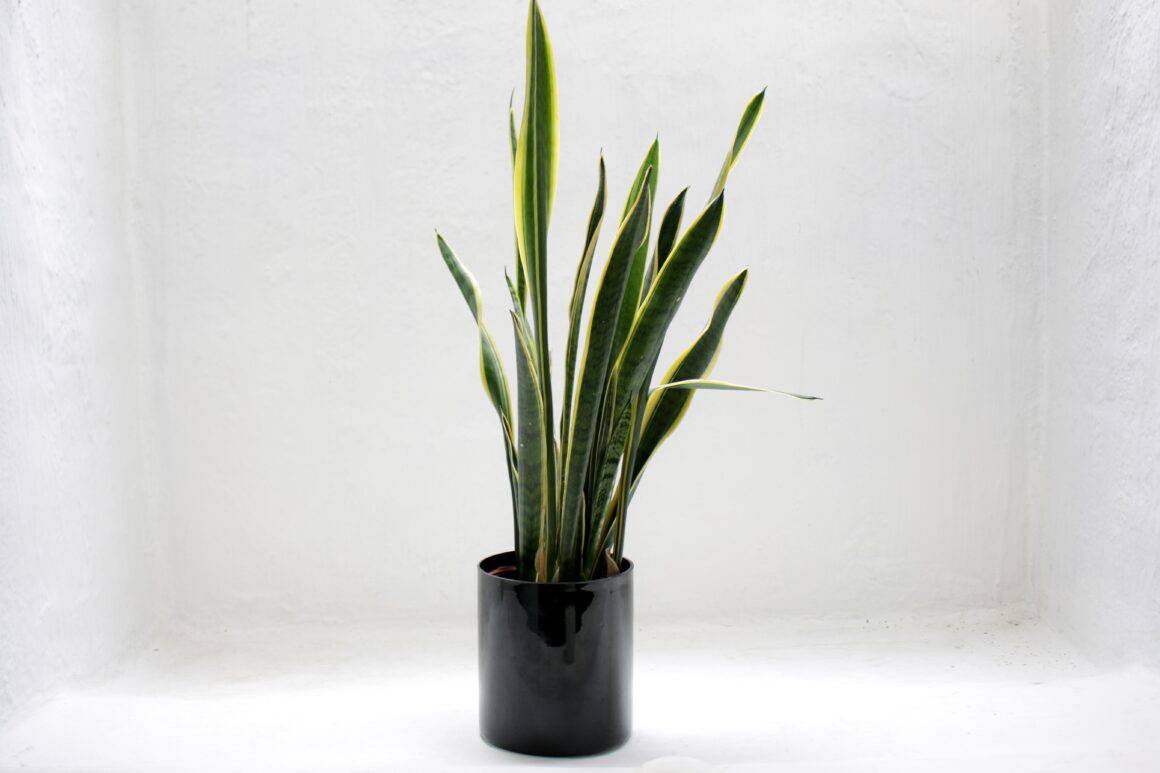
Chinese Evergreen (Aglaonema species)
Another plant with a reputation for being very easy-going, regardless of the conditions, Chinese Evergreens have wide environmental tolerances that protect it from stressful situations. They also tend to have thick leaves and waxy cuticles to protect against feeding pests.
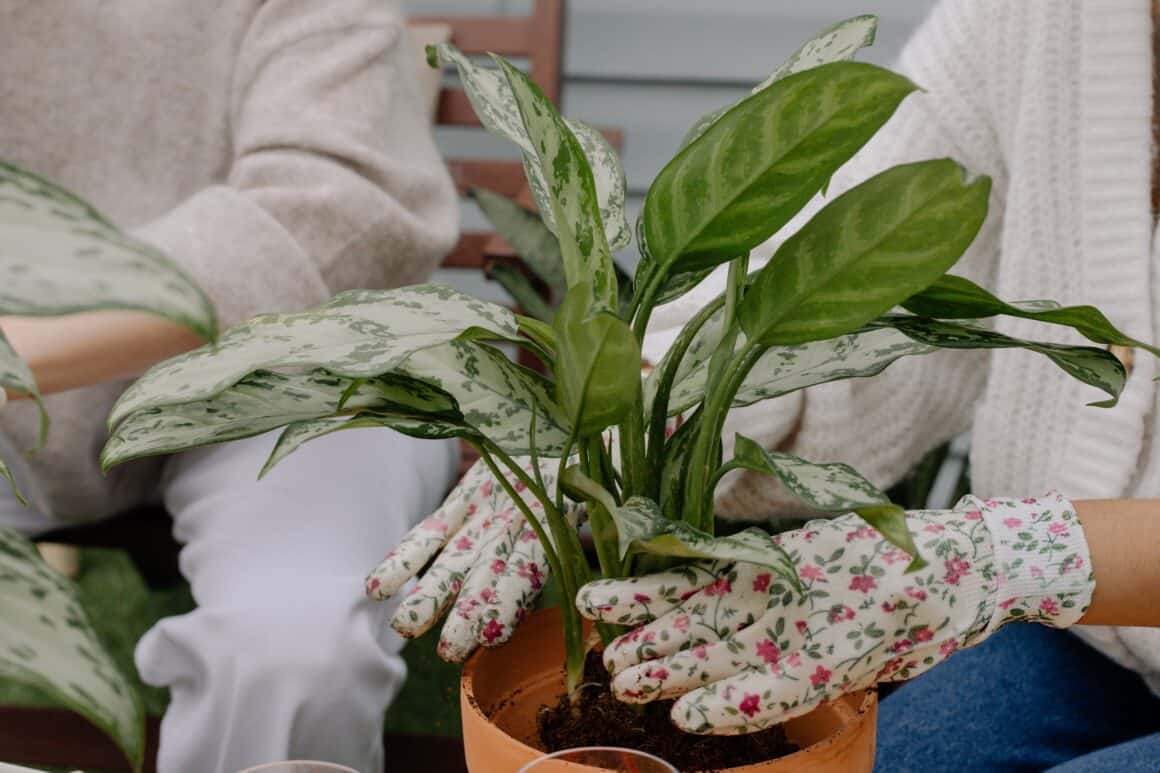
Spider Plant (Chlorophytum Comosum)
Like the Snake Plant, the Spider Plant is a variety you get when you know your thumb is anything but green. Even the most forgetful plant owner is surprised by how resilient a Spider Plant can be, even after weeks of neglect. This robustness is likely the reason pests don’t tend to bother with this plant.
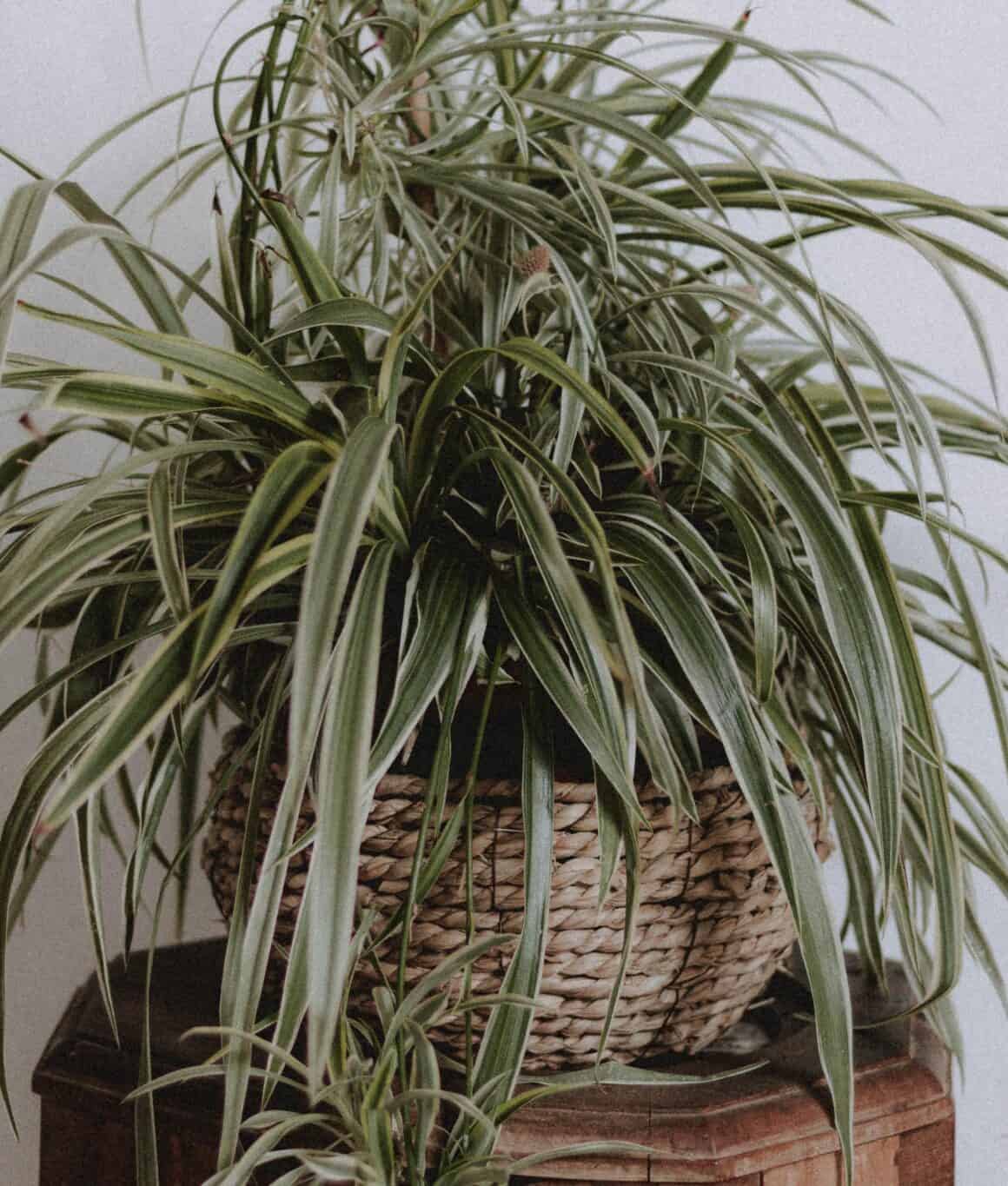
Cast Iron Plant (Aspidistra Elatior)
Probably the closest thing to armor the plant world has ever seen, the Cast Iron Plant can grow in almost any conditions, which means it is usually robust and healthy, and it sports many of the physical barriers that help resist pests, such as tall, strong, upright growth. It also contains many natural compounds that deter feeding from pests.
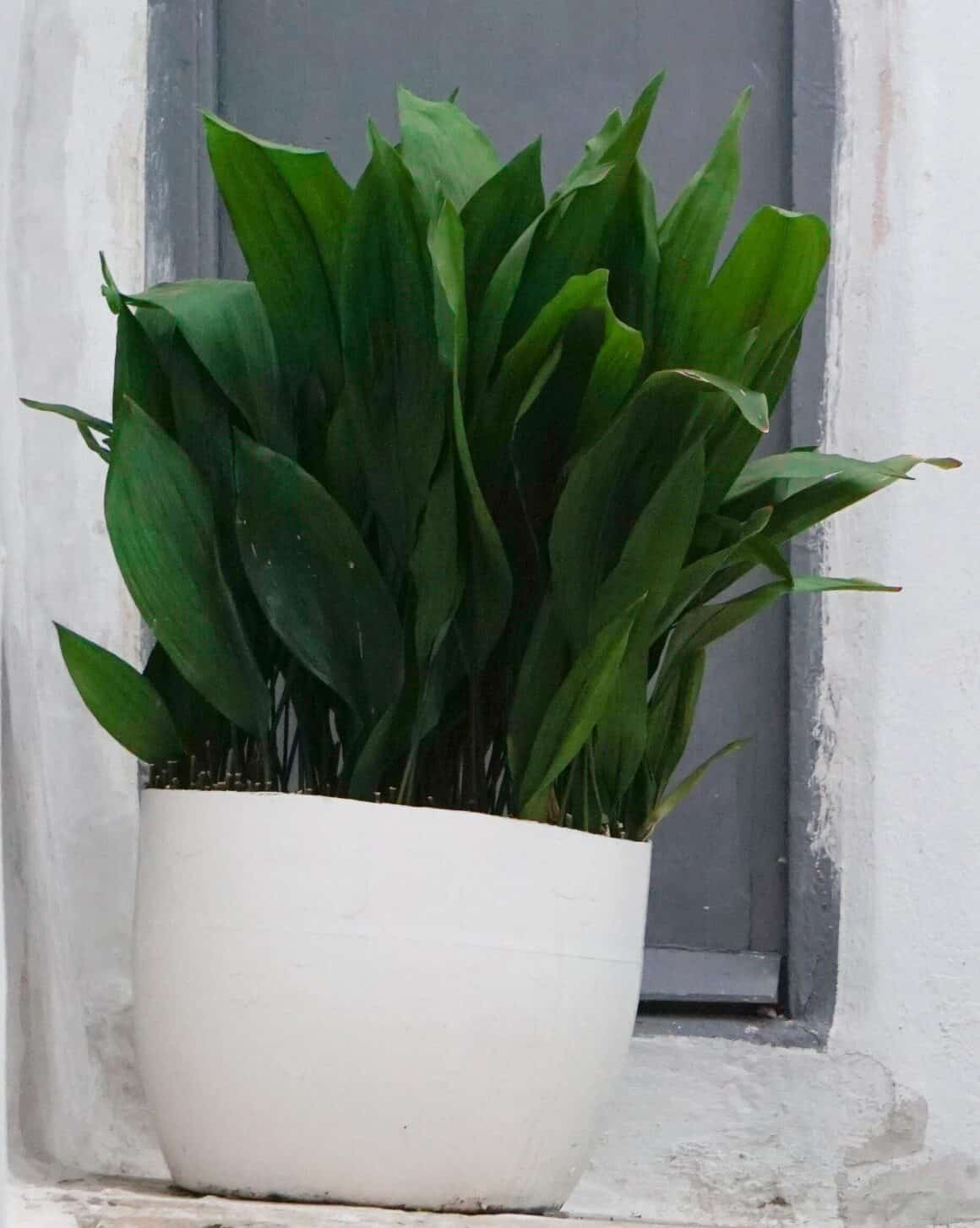
Jade Plant (Crassula Arborescens)
Everyone loves a Jade Plant. Probably one of the most resilient succulents around, it has super fleshy, thick leaves that hold substantial amounts of water, which can be unappealing to pests. This storage also keeps the soil drier; another deterrent. If that wasn’t enough, Jade Plants also contain compounds in their sap that create a nasty, bitter taste that can be toxic to pests.
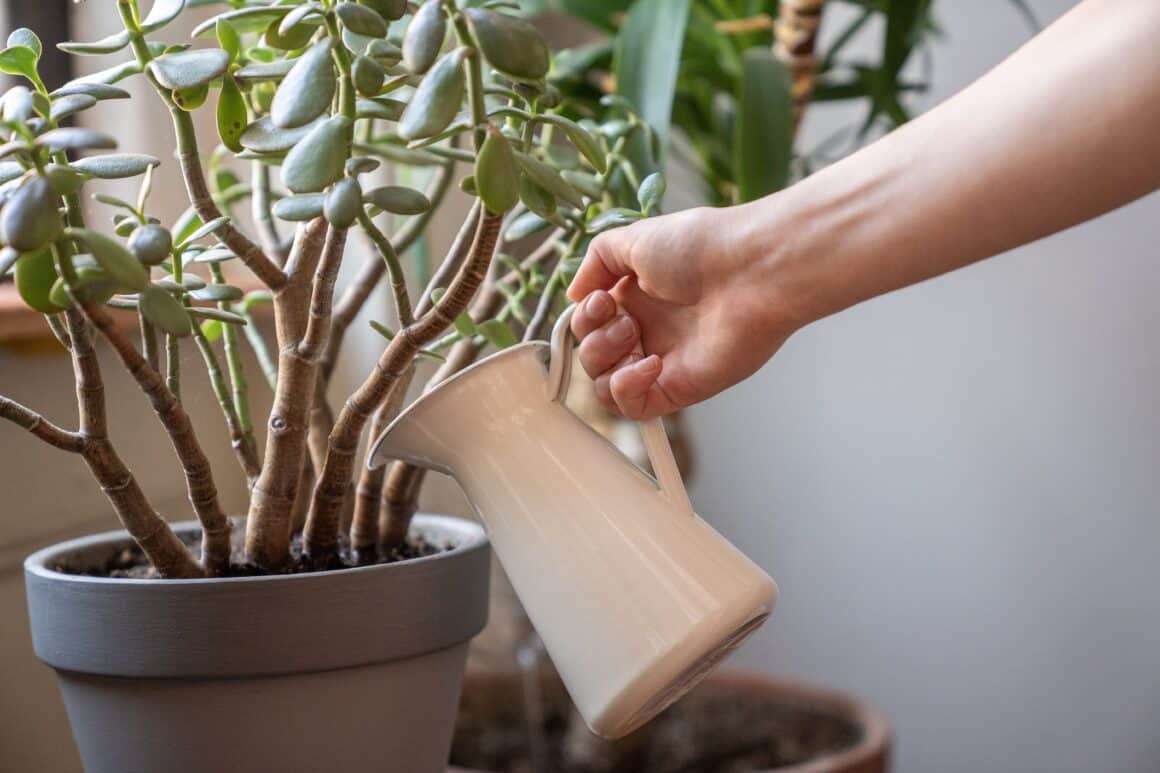
Dragon Trees (Dracaena Marginata)
The Dragon Tree (along with similar Dracaena species) is a great beginner plant due to its easy care and wide tolerances. The leaves tend to be long, narrow, and leathery, which can be unappealing to pests. Also, their overall structure is very open and structured, leaving few cracks and crevices for pests to hide in.
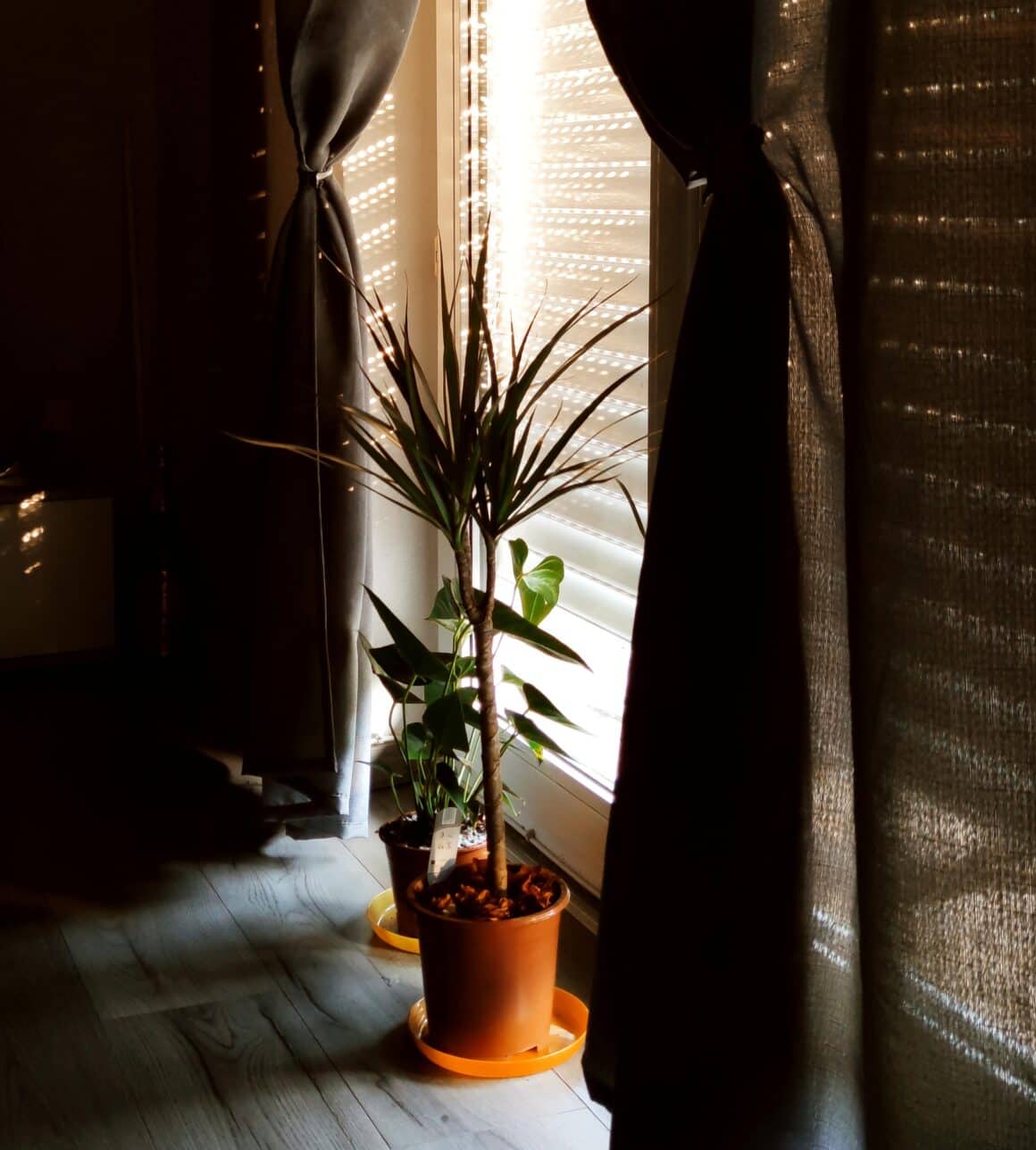
ZZ Plant (Zamioculcas Zamiifolia)
Similar to Jade Plants, the ZZ Plant is considered to be pretty bulletproof against pests. Its thick, waxy leaves contain chemical compounds that deter pests. It also grows in a wide range of conditions, making it highly adaptable and, therefore, free from distress. This plant also spreads via rhizomes in the ground, meaning many of its most tender and vulnerable structures are protected against above-ground pests.
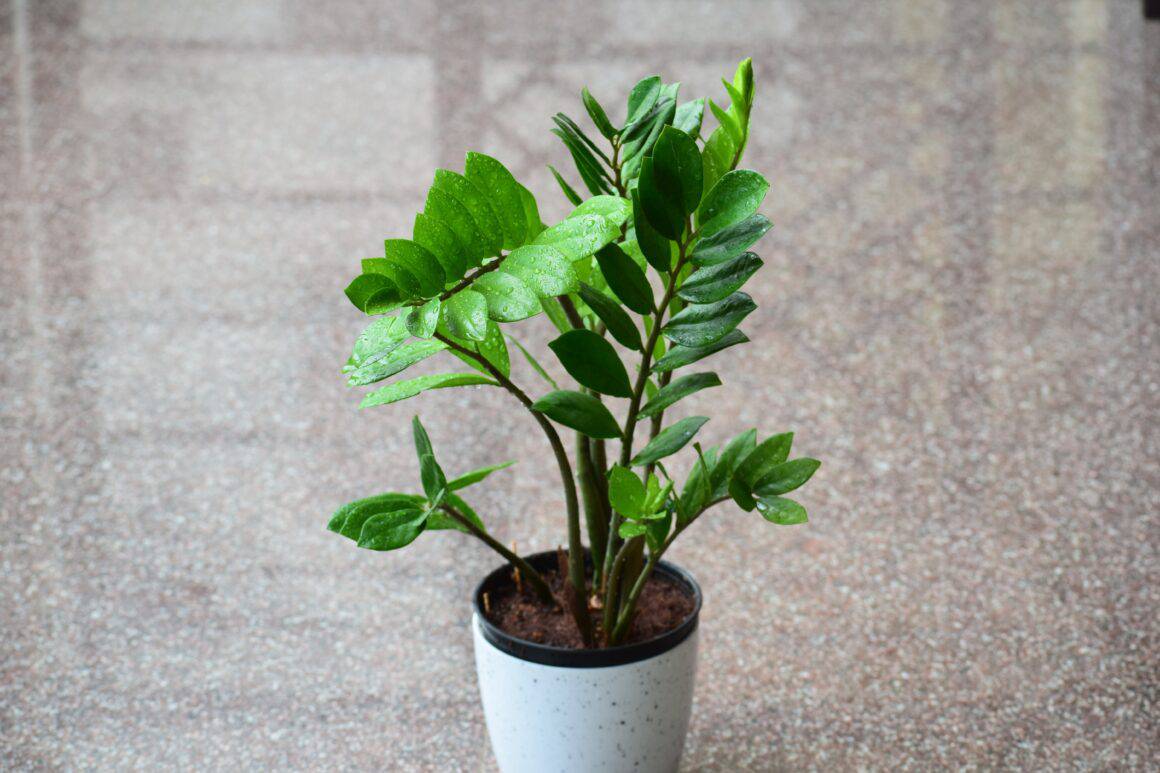
Pothos Varieties
Several cultivars of Pothos tend to be considered “pest resistant” due to their adaptability and tolerance of wide environmental ranges. They also often have thicker, waxier leaves like some of the other varieties on this list. Their fast growth rate can also be considered an attribute, as they can often outgrow any pest damage they might acquire.
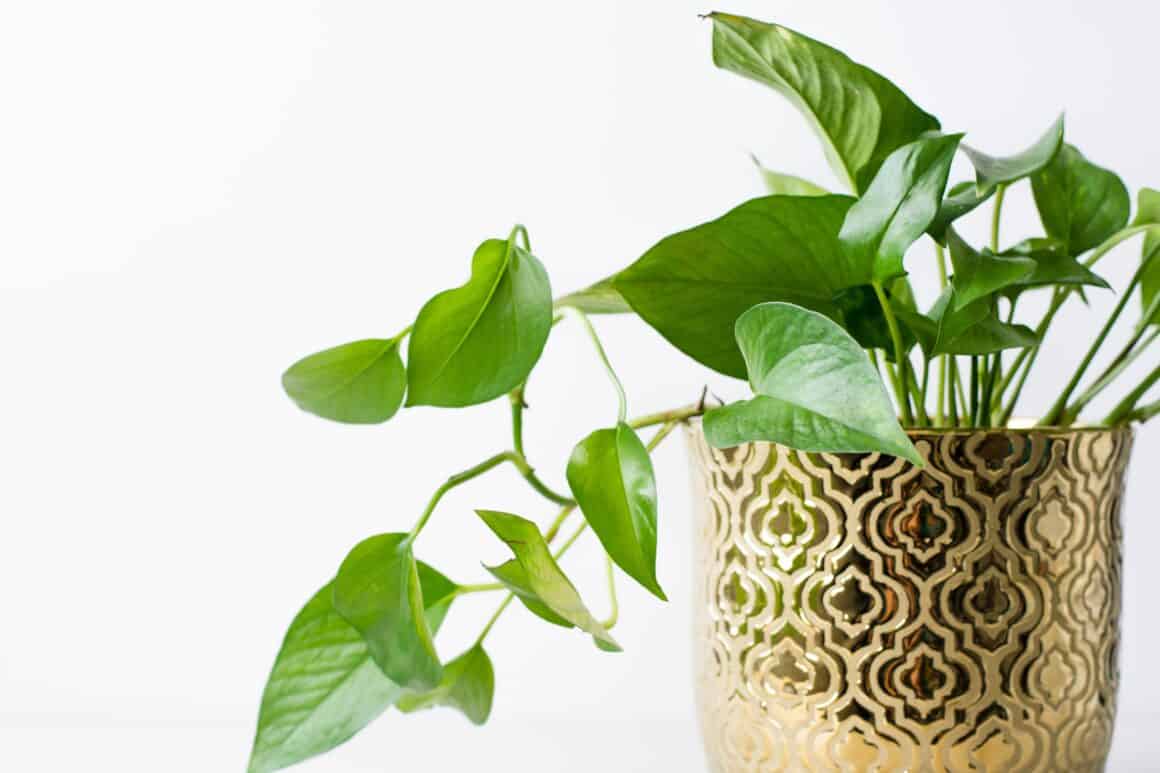
Plant Care
As a reminder, the plants on this list may be considered the most resistant to pests, but again, that doesn’t mean they are immune. Any of these varieties can become susceptible to infestations if you aren’t taking care of them. Improper or negligent care can erode their health to a point where their natural defenses are no match for a fledgling pest population.
Learn what each of your plants needs and make sure you can provide them with the proper conditions to thrive. Even though they are resistant, it’s not a bad idea to occasionally inspect them for potential pest problems just to make sure you aren’t missing anything.
Final Thoughts
Pest resistance really comes down to just a few things. Aside from the natural defenses inherent in a plant’s physical structure, chemical makeup, and environmental tolerances, the most important aspect of a plant’s defenses comes down to good health through proper care.
By providing the right amounts of water, nutrients, light, and other environmental inputs, you can ensure your plant is as strong and healthy as it can be, which will bolster its natural resistance to pesky insects and mites. This is true of any variety, not just the plants listed above, so dial in your care and keep your houseplant collection happy, healthy, and pest-free!






